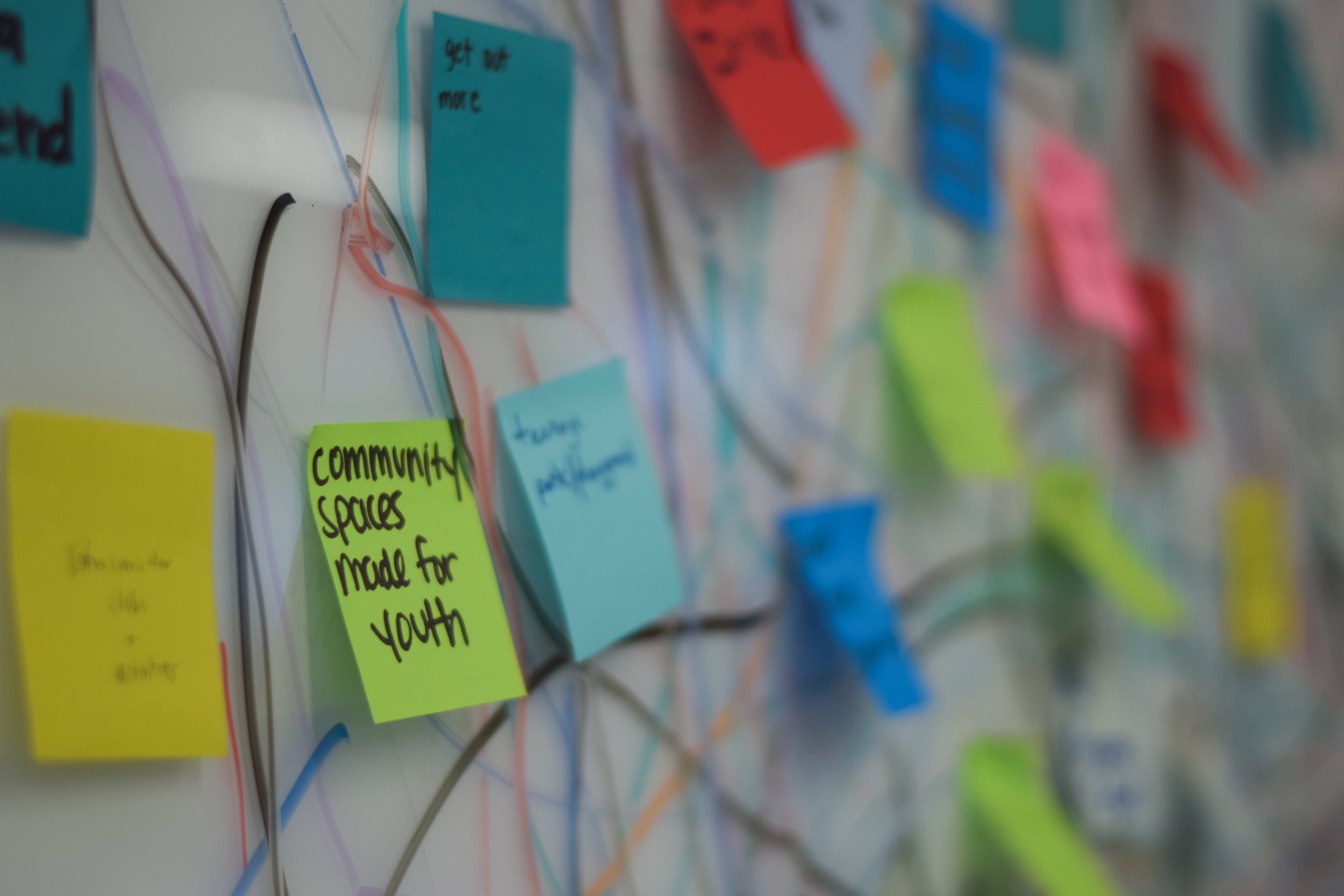
Youth Led Process
The internship is a yearlong paid extracurricular, but the majority of the work is done during a 4-Week Summer Intensive. During the Summer, the Team focuses on research and design, ending with a presentation to local stakeholders. Afterwards, they meet on one Saturday per month, and finally implement their action project in the Fall.
What is Youth Participatory Action Research (YPAR)? Why is it so important?
Let’s break it down. Youth, under the age of 18, are the main actors, leaders, designers, analysts, and advocates in YPAR. They may not have the right to vote yet, but their lived experiences as young people can provide those in power with information and ideas that could help improve the quality of life for youth specifically.
Mia, Team Member and Rising Junior
“The most important thing I learned so far is that it's easier to cater to youth because I have experience!”
Data Collection
First things first, the youth have a Summer Intensive where they begin with Data Collection.
The Team creates interview questions and surveys where they ask their peers across Nashville to share how their neighborhoods are contributing to or taking away from their wellbeing. Responses are put on a map so the Team can analyze trends and corresponding locations. The data collection contributes to the “participatory research” part of YPAR because youth are not only creating the surveys, but also distributing and analyzing them.
You can explore the Nashville Youth Wellness Map here. If you are 18 years old or younger, please take our survey here so you can be included on the map.
Design
Following Data Collection, the Team Designs tactical urbanism solutions to the issues that we see in our data collection. Because YPAR distinctively highlights “action” as a follow-up to research, the Nashville Youth Design Team will always take what they learn and create something that makes an impact.
Tactical urbanism is an experimental intervention in a community that uses low-cost, temporary materials to disrupt an urban experience. The experimental intervention is meant to show the surrounding community a possible design solution and ultimately advocate for long-term change.
At the end of the Summer, the Team presents their designs to local stakeholders who vote on the final design to be implemented. The youth focus their efforts on the final selection, refining the design, and reaching out to community members to prepare for action.
Action
Finally, the Team elevates design into Action. The Team seeks community partnerships and funding to put their tactical urbanism designs to action. Through a partnership with Walk Bike Nashville, the youth did their first installation on Dickerson Pike and Hart Lane, which is the deadliest intersection for pedestrians in Nashville. Their design included crosswalks and a bulb-out street mural to give more space to pedestrians and encourage drivers to slow down.
The Team followed up by surveying the community and measuring changes in car speed to see how the design impacted the community. Learn more about the project and how it succeeded in advocating for future change on Dickerson Pike.



